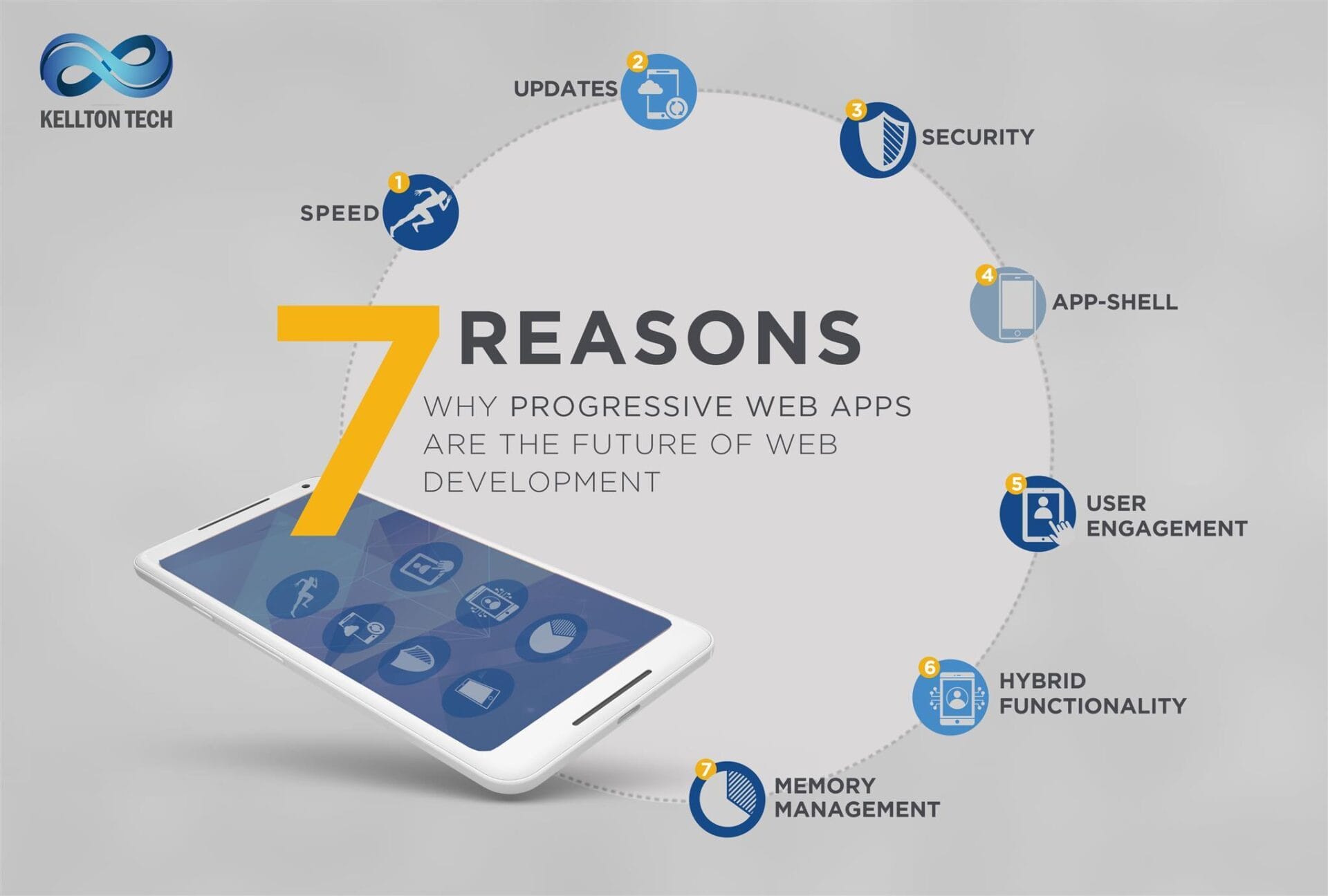In the ever-evolving landscape of technology, a new player has emerged on the scene – Progressive Web Apps. These innovative applications are changing the way we interact with the web, offering a seamless and engaging user experience like never before. But what exactly are Progressive Web Apps and why should you care? Let’s dive into the world of PWAs and explore everything you need to know about their rise to prominence.
The Evolution of Web Technology
Progressive Web Apps (PWAs) are the latest trend in web technology, offering users a more seamless and engaging web experience. Unlike traditional web apps, PWAs combine the best features of both web and mobile apps, allowing users to access them on any device without needing to download them from an app store.
One of the key advantages of PWAs is their ability to work offline, thanks to the use of service workers. This means that users can continue to use the app even when they are not connected to the internet. Additionally, PWAs are fast and responsive, giving users a native app-like experience without the need for installation. With major companies like Twitter and Pinterest already adopting PWAs, it’s clear that this technology is set to revolutionize the way we interact with websites.

Benefits of Progressive Web Apps
Progressive Web Apps (PWAs) are revolutionizing the way we interact with websites and mobile applications. These innovative web applications combine the best features of traditional websites and native mobile apps, offering a seamless user experience across all devices. One of the key benefits of PWAs is their ability to work offline, allowing users to access content even without an internet connection. This feature is especially useful for users in areas with poor connectivity or those who frequently travel.
Another advantage of Progressive Web Apps is their fast loading speed, which can significantly improve user engagement and retention. PWAs are designed to load quickly, even on slow networks, providing a smooth and responsive experience for users. Additionally, PWAs are highly discoverable and easily shareable, making it easier for businesses to reach a wider audience. With features such as push notifications and the ability to be installed on the user’s device, PWAs offer a convenient and user-friendly experience that traditional websites and native apps cannot match.

Key Features to Look For
When considering progressive web apps (PWAs), there are several that differentiate them from traditional web applications. One of the most important features is offline functionality, allowing users to access the app even when they are not connected to the internet. This is achieved through service workers, which cache important resources and enable the app to function offline. Another crucial feature is app-like interface, which provides a seamless and user-friendly experience similar to native mobile apps. This includes features such as push notifications, full-screen mode, and smooth animations.
Additionally, fast loading times are a key feature of PWAs, ensuring that users can access the app quickly and efficiently. This is achieved through techniques such as lazy loading and code splitting, as well as optimizing assets for performance. Another important feature to look for is responsive design, which ensures that the app looks and functions well on a variety of devices and screen sizes. By focusing on these key features, businesses can create PWAs that provide a high-quality user experience and drive engagement.

How to Implement Progressive Web Apps Successfully
Progressive Web Apps (PWAs) are quickly gaining popularity in the world of web development for their ability to provide a seamless user experience across all devices. With PWAs, users can access a website’s functionalities without the need to download an app from an app store. If you’re looking to implement PWAs successfully, here are a few key tips to keep in mind:
- Focus on Performance: PWAs should be fast and responsive, loading quickly even on slow connections. Optimize your code and content to ensure that users have a smooth experience.
- Implement Service Workers: Service workers are essential for PWAs as they enable offline functionality and push notifications. Make sure to implement service workers correctly to enhance the user experience.
Additionally, it’s important to make use of web app manifest files to provide users with a native app-like experience. This file contains metadata about your PWA, such as the app’s name, icons, and theme colors. By including a web app manifest file, you can ensure that your PWA looks and feels like a native mobile app.
| Key Takeaways: | |
|---|---|
| Focus on Performance | Optimize code and content for speed |
| Implement Service Workers | Enable offline functionality and push notifications |
The Way Forward
As we have explored the exciting world of Progressive Web Apps, it’s clear that they are revolutionizing the way we interact with the web. From their dynamic capabilities to their seamless user experience, PWAs are undoubtedly shaping the future of the digital landscape. So, whether you’re a developer looking to stay ahead of the curve or a user seeking a more efficient online experience, embracing PWAs is the key to staying connected and engaged in this ever-evolving digital world. Stay tuned for more updates and advancements in the world of Progressive Web Apps!

